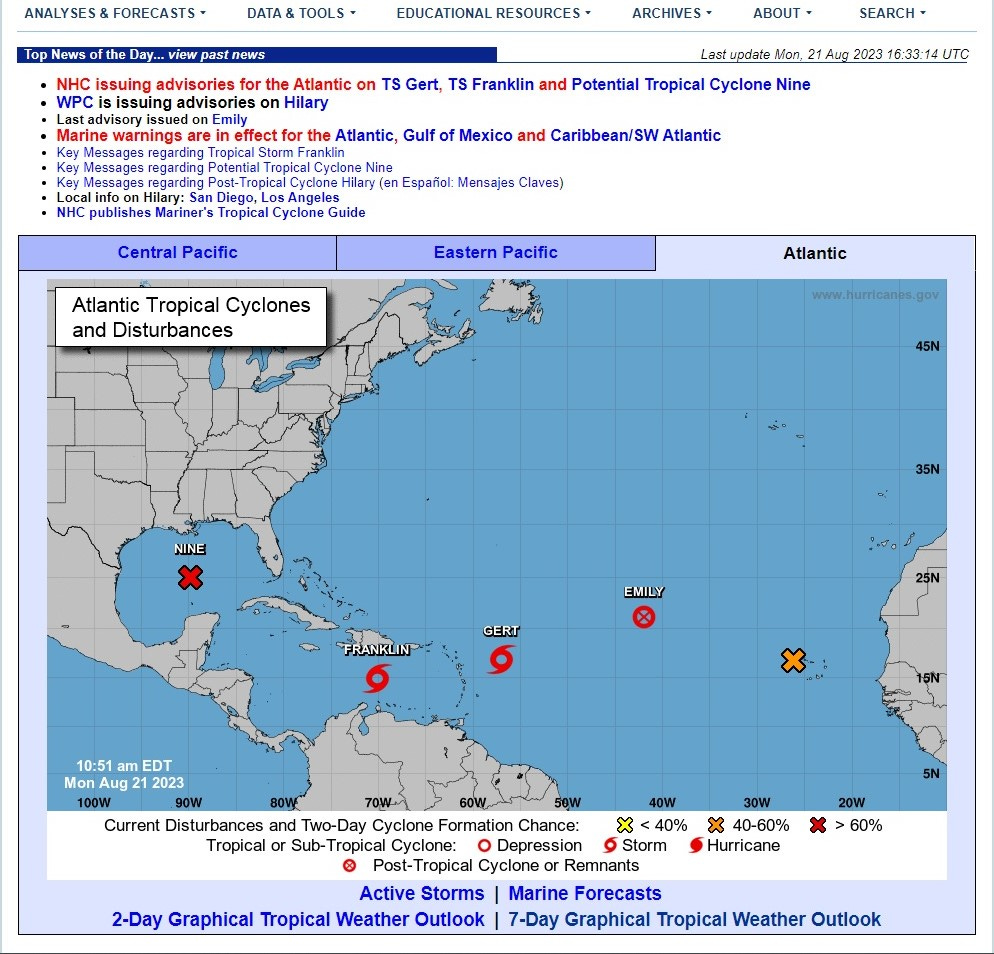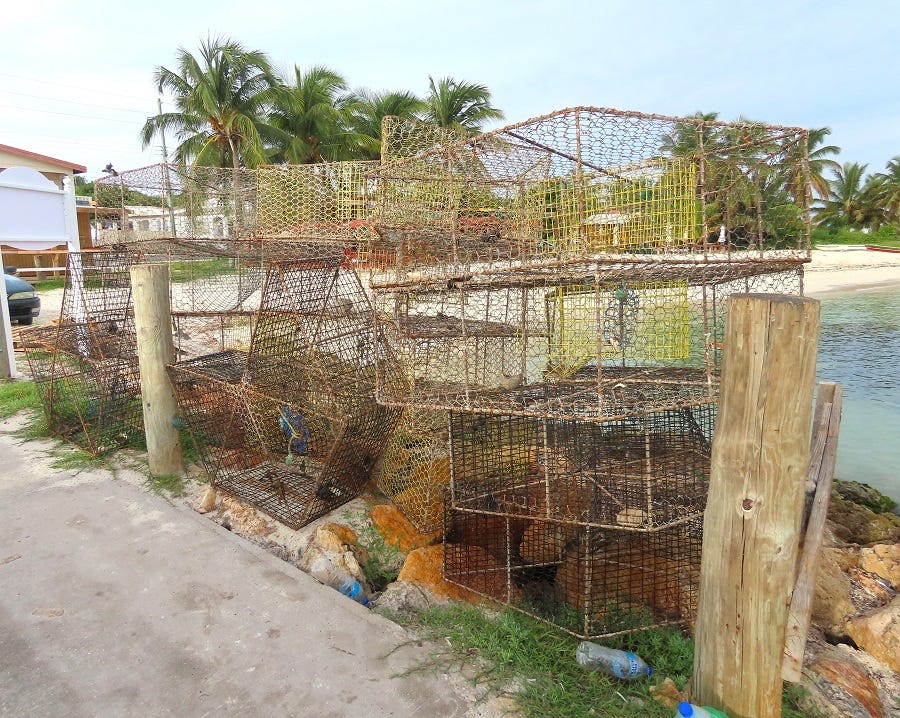The graphic above depicts a typical day as Anguilla heads into the peak of the 2023 Hurricane Season. A series of “bowling balls” cross the Atlantic basin, searching for a place to make landfall.
For most of the Caribbean, September 10 has a bullseye on it. In Anguilla, the fifth and sixth seem to be our nemesis, as evidenced by Hurricane Luis (1995) and Irma (2017).
Although it is happening earlier this year, most of Anguilla’s hotels and restaurants close for the season at this time of year. Grocery stores purchase fewer products, leaving residents to scramble to make a meal.
In the village of Island Harbour, fishermen have pulled their traps and lobster boxes. It is time to make boat repairs and plan for the coming season.
You may ask, what about the birds? It is a valid question.
With the nesting season complete in North America, thousands of birds are traveling to the Caribbean and South America to spend the Winter. The Atlantic Flyway becomes a highway of birds flying in groups. Their journey brings them to open water, where they must keep moving until they reach land.
When these flocks intersect with a hurricane, they can become caught up in the system. A recent article in Readers Digest - What Happens to Birds in a Hurricane sums it up nicely:
“Migrants over open water
An autumn hurricane impacts many birds long before it reaches land. Any time after mid-August, large numbers of migratory birds are moving south over open water—across the Gulf of Mexico, or over the Atlantic as they head for the Caribbean or South America. When these birds get caught in the outer winds of a hurricane, they fly downwind until they end up in the calm eye at the storm’s center.
Surrounded by a circular wall of battering winds, the tiny migrants keep flying within the eye as the hurricane moves west or north. After the storm comes ashore, they land and seek shelter, hiding while the outer winds of the hurricane lash over them. After the storm moves on, coastal areas may be carpeted with thousands of warblers, thrushes and other migrants that have been carried back to shore. They will have to rest, feed and build their strength before they continue their migration.”
The same situation can occur with seabirds once they have completed their breeding cycle and return to life at sea.
The phenomenon that happens when the birds finally make landfall is called Bird Fallout.
According to Wikipedia, Bird Fallout is described as follows:
“Bird fallout or migration fallout is the result of severe weather preventing migratory birds from reaching their destination. This can occur while birds are traveling south or returning to their breeding grounds.[1] Due to the distance travelled, birds will not have enough energy to continue flight when encountering high winds. This exhaustion results in many birds resting in one area. This may be very stressful on the birds and on the surrounding ecology.[1] Bird fallout is not particularly common, as it stems from the chance event of severe winds found in inclement weather. Due to the rare occurrence of a migratory fallout, as well as the abundance of birds resting in a single location, it is a sought-after event for birders.”
Avid birders will often flock (pardon the pun) to a fallout site in search of rare species.
A prime example of this phenomenon occurred in 2008 after Hurricane Omar hit the southern side of Anguilla. While conducting bird counts on Merry Wing Pond IBA two weeks after the storm, I found a Long-tailed Duck. This became the first record for this species in Anguilla and the Caribbean.
With this in mind, I will keep my fingers crossed for a quiet hurricane season here in Anguilla. I will keep my eyes open for any interesting species that may result from the crazy weather that is bound to happen in the coming weeks!








Excellent article Jackie: Thank you!
Such an interesting article. Thank you for sharing this. I often wondered how birds dealt with hurricanes. Now I know.